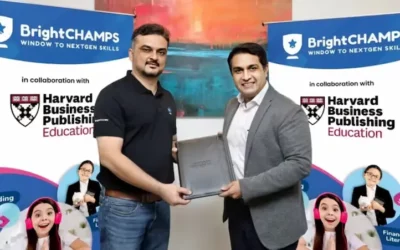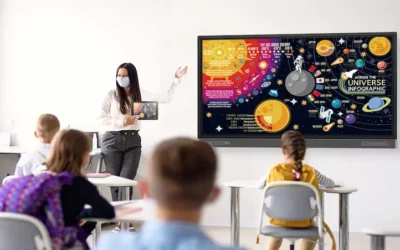Did you know that India’s space agency, ISRO (Indian Space Research Organisation), has executed an exciting new mission to the Moon? Yes, that’s right!
Get ready to embark on an interstellar adventure with your young ones as we uncover the captivating world of Chandrayaan-3. Packed with fascinating tidbits and captivating discoveries, this article will take you on a journey through space. So, buckle up as we dive into the incredible Chandrayaan-3 facts that will leave your kids starry-eyed and inspired! (Check out the New clippings)
Before diving into the blog, check out this video below.
Table of contents
- The Chandrayaan Chronicles: A Quick Overview
- The Magnificent Moon Mysteries: Unraveling Lunar Formation
- The Technology Behind Chandrayaan-3
- The Journey to Chandrayaan-3
- Chandrayaan-3 Mission’s Unsung Heros
- Inspiring the Next Generation: Young Dreamers, Big Ambitions
- Conclusion: A Cosmic Journey for All Ages
- Quick Facts for Kids about Chandrayaan 3
- Live Launch!
- Conclusion
- Frequently Asked Questions
The Chandrayaan Chronicles: A Quick Overview
The third Indian lunar exploration mission under the Chandrayaan program of the Indian Space Research Organization (ISRO) is called Chandrayaan-3. Like the Chandrayaan-2 mission, it comprises a lander named Vikram and a rover named Pragyan. In order to prepare for the lander’s powered descent, the propulsion module sent the lander and rover combination into lunar orbit.
On July 14, 2023, Chandrayaan-3 was put into orbit. India became the first nation to successfully land a spacecraft close to the lunar south pole on August 23, 2023, at 18:02 IST, and the fourth nation to soft-land on the Moon with the lander and rover.
The Magnificent Moon Mysteries: Unraveling Lunar Formation
Did you know that the Moon is around 4.5 billion years old? That’s older than any human or even a dinosaur!
Chandrayaan-3 is on a mission to help scientists learn more about how the Moon formed and what secrets it holds about the early days of our solar system. India has previously carried out successful moon missions. The world was astonished by the results of Chadrayaan-1, India’s first lunar mission, which was launched by ISRO in 2008 and was a huge success.
The moon’s surface was later found to contain water molecules as a result of this expedition. As the Moon doesn’t have an atmosphere like our planet does, which means it doesn’t have weather or air, it will study the Moon’s unique surface, its craters, mountains, and valleys, to uncover how these features were created over billions of years.
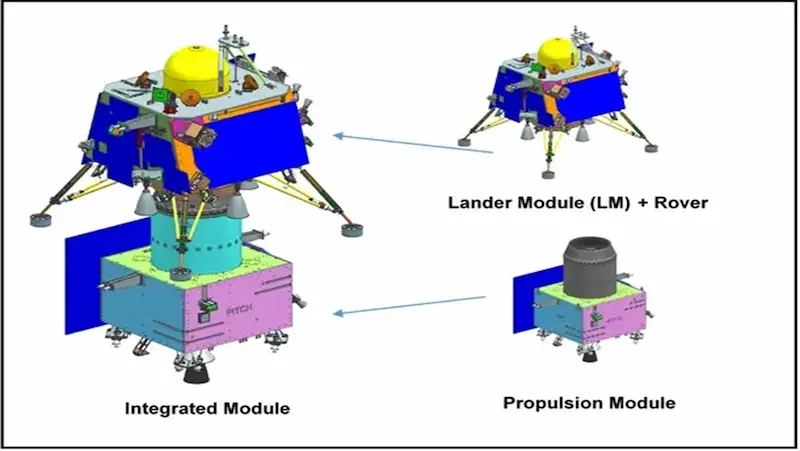
The Technology Behind Chandrayaan-3
Did you know that the lander is named Vikram in honor of the renowned Indian astronomer and physicist Vikram Sarabhai? He’s also the founder of the Indian Space Research Organization (ISRO).
The lunar lander Vikram was assisted by the GSLV Mark 3 heavy-lift launch vehicle, also referred to as the Bahubali rocket. The current name for the GSLV is Launch Vehicle Mark 3 (LM-3), and it is 43.5 meters high. On August 23, the spacecraft landed on the moon after a more than 40-day journey. It had a lander, a rover Pragyan that was comparable to Chandrayaan 2, but no orbiter.
The craft collectively weighs 3,900 kg. The propulsion module weighs 2,148 kg, and the lander and the rover weigh 1,752 kg. This total weight is close to the maximum capacity of the GSLV Mk III, which is India’s strongest rocket. Chandrayaan-3 carried a special rover equipped with cameras and instruments to explore the lunar surface up close. This rover will send back images and data about moonquakes, heat movements, plasma environment and gravitational interaction between the Moon and the planet that will help scientists better understand the Moon’s composition and history.
If your kids find this tech behind the Chandrayaan-3 then how about you engage them in science projects for kids which can help spark their interest in this amazing field!
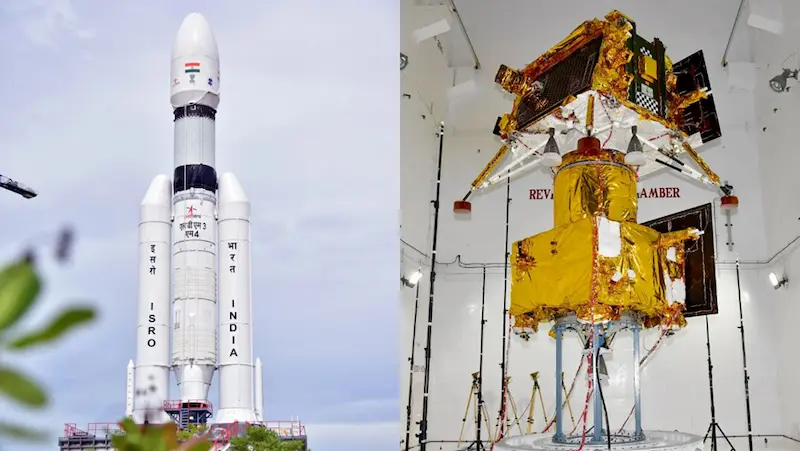
The Journey to Chandrayaan-3
Did you know that Chandrayaan-3 will use advanced scientific tools to study the Moon’s soil and rocks? Curious about the whole journey process? Check out the below snapshot.
After a series of manoeuvres that placed Chandrayaan-3 in a trans-lunar injection orbit, ISRO performed a lunar-orbit insertion (LOI) on 5 August, successfully placing the Chandrayaan-3 spacecraft into orbit around the Moon. The LOI operation was carried out from the ISRO Telemetry, Tracking, and Command Network (ISTRAC) located in Bengaluru. On 17 August, the Vikram lander separated from the propulsion module to begin the last phase of the mission and successfully landed close to the lunar south pole on August 23, 2023.
Mission life
- Propulsion Module: Carries lander and rover to 100 by 100 kilometres (62 mi × 62 mi) orbit, with operation of experimental payload for up to 6 months.
- Lander Module: 1 Lunar Day (14 Earth Days)
- Rover Module: 1 Lunar Day (14 Earth Days)
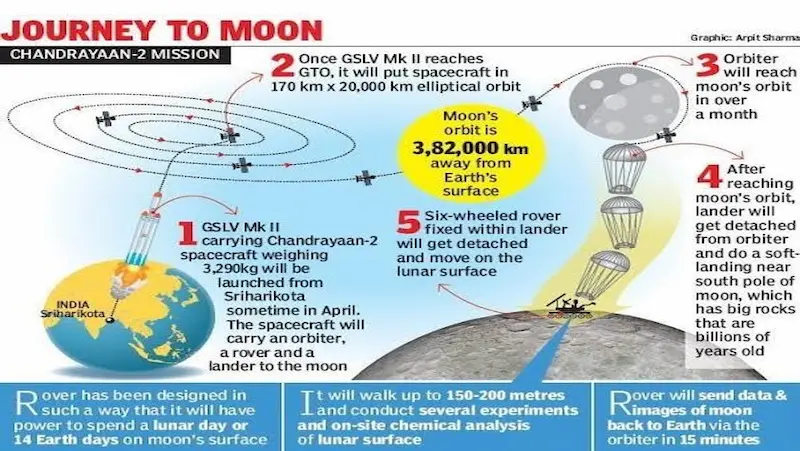
Chandrayaan-3 Mission’s Unsung Heros
Did You Know? Building a spacecraft like Chandrayaan-3 involves the work of hundreds of brilliant scientists and engineers from different fields? Chandrayaan-3 is a result of dedication, teamwork, and a passion for exploring the unknown. It’s like assembling a gigantic space puzzle where each piece plays a crucial role in the mission’s success!
- ISRO Chairperson: S. Somanath
- Mission Director: S. Mohanakumar
- Associate Mission Director: G. Narayanan
- Project Director: P. Veeramuthuvel
- Deputy Project Director: Kalpana. K
- Vehicle Director: Biju C. Thomas

Inspiring the Next Generation: Young Dreamers, Big Ambitions
Chandrayaan-3 isn’t just about exploring space; it’s about igniting the spark of curiosity in young minds. Kids who dream of becoming astronauts, scientists, or engineers can look up to Chandrayaan-3 as a beacon of inspiration, reminding them that with determination and a love for learning, they can achieve the impossible.
As Chandrayaan-3 embarks on its lunar adventure, it encourages kids to think beyond their horizons. Who knows, maybe one day they’ll be part of a mission to Mars, Jupiter, or even beyond our solar system! Engage them in kids activities that might spark their interest in the astronomical adventures. The sky is not the limit; it’s just the beginning!
Conclusion: A Cosmic Journey for All Ages
Chandrayaan-3 is much more than a spacecraft; it’s a testament to human curiosity, perseverance, and the desire to explore the mysteries of the universe. As parents, you have the incredible opportunity to share this exciting journey with your kids, sparking their interest in science, technology, and space. Infact you can also look for summer camps for kids which are specially designed for astronomical curriculum. So, gear up for an astronomical adventure that will leave your family star-struck and eager to learn more about the wondrous universe we call home.
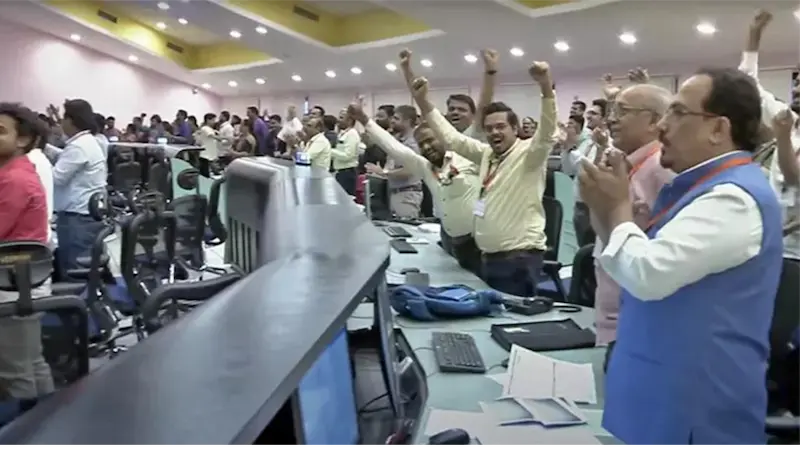
Quick Facts for Kids about Chandrayaan 3
- Chandrayaan 3 is India’s third mission to the Moon
- It launched on Friday, July 14, 2023, at 2:35 pm local time from the Satish Dhawan Space Center in Sriharikota, Andhra Pradesh
- It is expected to have a mission life of one lunar day (about 14 Earth days)
- It is developed with a budget of about $75 million
- The last mission, Chandrayaan 2 was supposed to land on the Moon, but ISRO lost connection with the moon craft when the lander was 2km away from the surface of the Moon
- On July 14, 2023, Chandrayaan-3 was put into orbit. India became the first nation to successfully land a spacecraft close to the lunar south pole on August 23, 2023, at 18:02 IST
- The current craft has a lander Vikram, and a rover Pragyan, but no orbiter.
Live Launch!
Missed watching Live Launch of Launch of LVM3-M4/CHANDRAYAAN-3 Mission from Satish Dhawan Space Centre (SDSC) SHAR, Sriharikota?
Conclusion
In conclusion, Chandrayaan-3 is an awe-inspiring mission that offers a world of exciting knowledge for young minds to explore. Through this blog, we’ve uncovered the fascinating facts about India’s lunar exploration journey, from its ambitious goals to the advanced technology it employs. Chandrayaan-3 showcases the spirit of curiosity and determination that drives scientific exploration, encouraging kids to dream big and reach for the stars but also teaching kids patience is important if they decide to embark on this endeavour since science and astronomy requires observation and patience. As we look to the future, this mission serves as a reminder that with innovation, teamwork, and a thirst for knowledge, there are no limits to what we can achieve. So, whether you’re gazing at the moon from your backyard or pondering the mysteries of the universe, remember the incredible journey of Chandrayaan-3 and let it inspire you to always keep reaching for new horizons.
To get your hands on more educational and free resources on coding for kids, robotics for kids, financial education for kids, etc., do check out the BrightCHAMPS Page now!
To get your hands on more such fascinating and educational content, check out the BrightCHAMPS Blog Page now!
Frequently Asked Questions
A1: Chandrayaan-3 is India’s third lunar exploration mission by ISRO, aimed at discovering more about the Moon’s mysteries.
A2: The Moon is around 4.5 billion years old, older than any living species on Earth!
A3: The mission will study the Moon’s surface features, and craters, and collect data about its composition. The rover will send back images and data about moonquakes, heat movements, plasma environment, and data about gravitational interaction between the Moon and the planet that will help scientists better understand the Moon’s composition and history.
A4: The rover is a robotic vehicle equipped with cameras and tools to explore the lunar surface and send back valuable information.
A5: Chandrayaan-3 serves as a source of inspiration, motivating young minds to dream big, explore science, and think beyond boundaries.

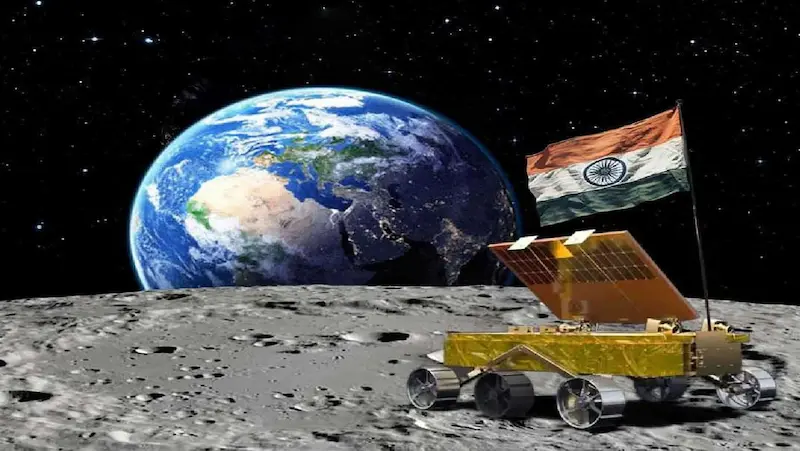
 We are an army of educators and passionate learners from BrightChamps family, committed to providing free learning resources to kids, parents & students.
We are an army of educators and passionate learners from BrightChamps family, committed to providing free learning resources to kids, parents & students.



